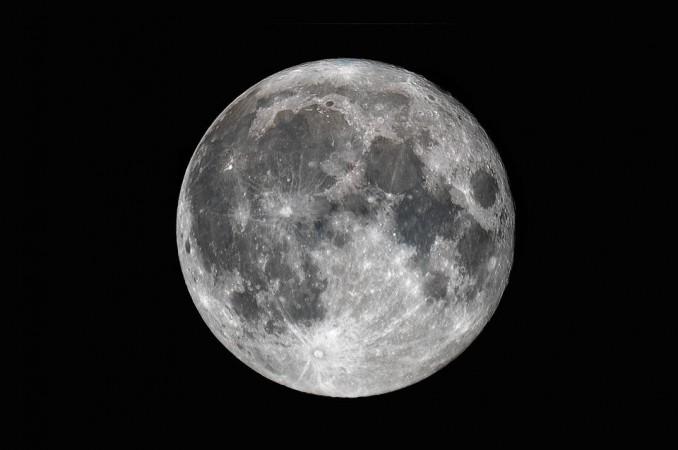On March 04, the moon, the earth's only natural satellite will get a new crater as a chunk of a SpaceX rocket that blasted off seven years ago will make its deep impact on the lunar surface. According to space experts, this massive space debris will land on the far side of the moon, a region that is not visible from the earth.
Moon to receive a new crater
For the lunar surface, impacts from deep space objects are not new, as several meteors and asteroids had hit the moon in the past, thus producing craters on the lunar surface. However, a manmade object crash landing on the moon is very rare, and it makes this event special for space scientists.

The hefty SpaceX rocket was deployed in 2015 to put into orbit a NASA satellite named the Deep Space Climate Observatory (DSCOVR). In usual cases, once out of fuel, the first stage typically falls back to the earth's atmosphere, and in this course, it will burn up. However, the Falcon 9 rocket that is currently in its collision course with the moon traveled much farther, and that is why it did not fall back to the earth.
Biological contamination that could mislead alien hunt
According to space scientists, biological contamination is the most serious concern that could happen on the moon after the SpaceX rocket crash.
These space scientists believe that microbes capable of living in adverse conditions could reach the moon due to the crash, and sometimes, future probes will detect these microbes and could mistake it as alien life forms.
Even though planetary protection protocols are in place to prevent space contamination, events like these could result in an unwanted microbial entry into other space bodies. Moreover, it is ethically incorrect to put any ecosystem at risk by introducing a new living body.
The biggest breach of this protocol happened in 2019 when the privately funded Israeli lunar lander Beresheet crashed on the lunar surface and spilled thousands of tardigrades. It should be noted that tardigrades are organisms that could survive harsh conditions, and they may be now thriving on the moon.

















